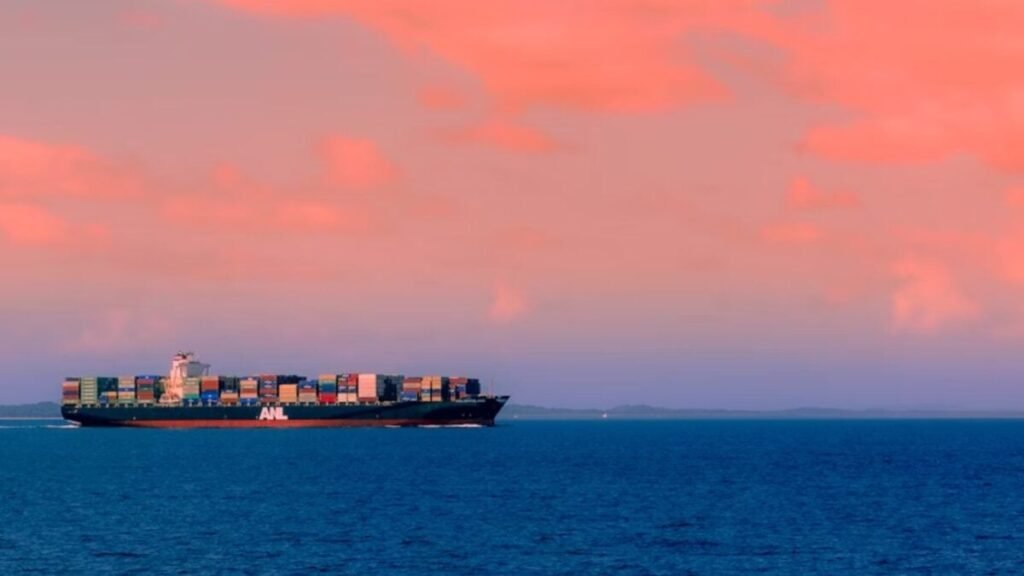The ice is melting and China is taking advantage. Their first ship crosses the Arctic and delivers electric cars to Europe in record time.

For centuries, the Arctic was a blank map dominated by ice. Today, that ice is breaking. And for the first time, a Chinese ship has crossed it not for exploration, but for business. The Xue Long just completed its journey from Ningbo-Zhoushan (China) to Felixstowe (UK) in just 20 days, carrying 4,000 containers of batteries, solar panels, and components for electric cars. The trip, which would have taken twice as long through the Suez Canal, marks a turning point: the commercial opening of the Arctic.
### The Arctic, from icy frontier to global corridor

A corridor that runs within Russia’s exclusive economic zone. For decades, that route was a utopia. Today, climate change has made it possible. The Arctic is heating up four times faster than the rest of the planet, reducing the extent of seasonal ice and opening a navigation window each summer. For a decade, China has been collaborating with Moscow on this route with a clear goal: to reduce its dependency on the Malacca Strait and the Suez Canal, the two major bottlenecks in world trade. With the ongoing trade war with the US, the message is clear: China is seeking its own shortcut to the future.
### A faster, cleaner, and more profitable highway
Cosco, the ship operator, says the route not only reduces time and costs but also CO₂ emissions by cutting the traditional route almost in half. “The cold preserves high-tech components better and the seas are calmer,” explained Li Xiaobin, director of operations. Their CEO, Fang Yi, went further: “We can reduce inventory levels by up to 40%, improving the efficiency of the entire logistics chain.” In a global market dominated by speed, that advantage is monumental. Every day gained means less immobilized capital, less fuel, and more competitive margin.
### Europe gains speed, but also dependency

The move did not go unnoticed in Washington. Just a week ago, the US and Finland signed an agreement to build a new fleet of icebreakers, aimed at protecting their interests in the Arctic. The message is clear: if China and Russia open the route, the US does not intend to be left behind. The Arctic is much more than a nautical feat. It is a reflection of a new global order unfolding on a changing planet. The thawing of the Arctic is redrawing economic and political maps, and with them, the rules of world trade. As the planet warms, the poles become the stage for the next chapter of globalization. The route linking lithium, solar energy, and electric cars no longer goes through the tropics… but through the ice. And the future, as always, arrives where we least expect it.







